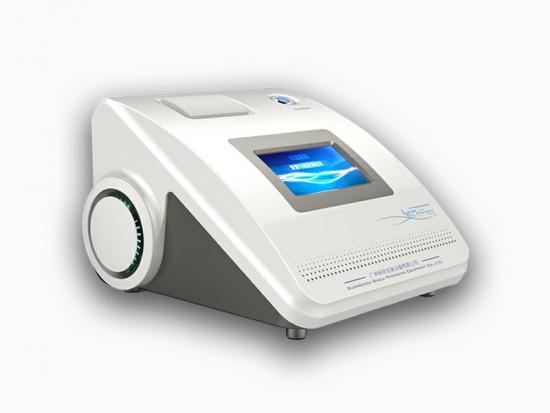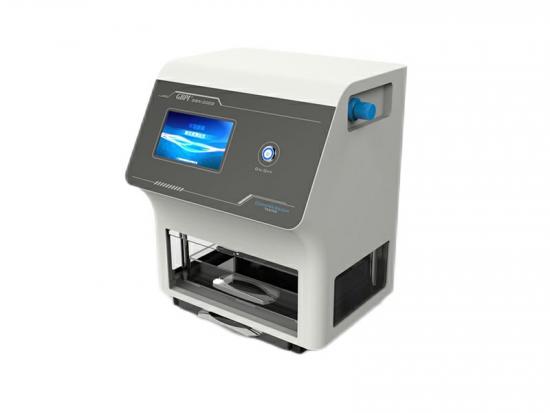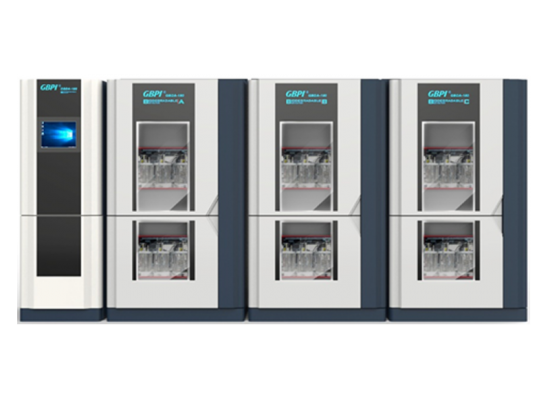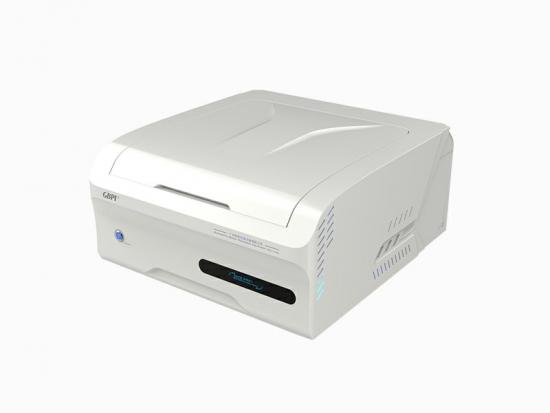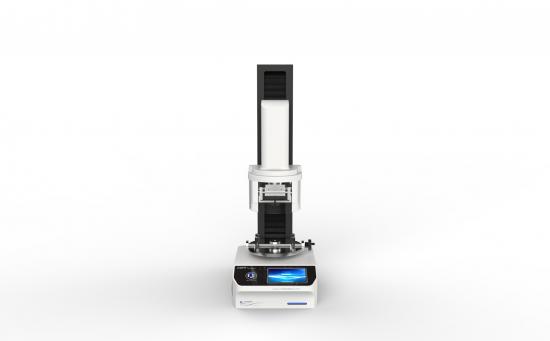From the analysis of the formation mechanism of printing fastness and test methods, we can better understand the way to improve the printing fastness (mainly on the polyurethane film for discussion).
1. Selection of raw materials In the production of plastic film should be selected when the raw material does not contain or less plastic additives. We can judge the content of additives according to the technical information about the grade, performance and use of the resin. When we have to use raw materials containing more additives, we should also mix them with those without additives. The reason for this choice is that in the process of forming and placing the folding out of the additives will form a film of oil, thus weakening the adhesion of the ink on the film.
2. Raw material modification 1) blending modification: polyolefin and printing performance of polymers blended to improve printing performance is a newly developed compelling method. For example, with polyacrylic resin modified high-density polyethylene greatly improve the adhesion of ink to polyethylene, when which is mixed with 5-20% of polymethacrylic acid early ester (PMMA), the above-mentioned adhesion increased by seven times. Again, such as with more chlorine content of chlorinated polyethylene work mixing, only a small amount can be added to significantly improve the adhesion of polyethylene and oil black. When mixed with 5% CPE-55 blends and ink bonding than (chun) HDPE three times higher. According to another report, some plastic polymer processing aids (rheology modifiers, etc.), in addition to improve yield, eliminate melt rupture, but also has to improve the role of printing adhesion. Add polyacrylic acid resin or chlorinated polypropylene and other reasons to improve the printability of HDPE is based on their poor compatibility with HDPE, when it is in the HDPE as the substrate of the blending system constitutes a dispersed phase and live in the open film surface layer, is obviously conducive to the adhesion with the ink. (2) grafting modification: grafting modification is the use of radiation and other methods to make the polyolefin points to grafting reaction so as to make the polyolefin macromolecular chain with polarity and thus improve the wettability of the material to the ink. Such as maleic anhydride or acrylic acid graft modification of linear density polyethylene after the improvement of its printability. 3) other methods of modification: such as in the polyolefin doped with a small amount of maleic anhydride or its anhydride, but also to a greater extent to improve the polyolefin film ink fastness to print.
3. Printing ink fastness in the printing ink fastness problem, the ink also plays a decisive role. Of course, for different substrates should use its corresponding ink. For example, for cellophane can use nitro cellophane resin ink; for polypropylene film can use chlorinated polypropylene resin ink; for polyethylene film can use polyamide resin ink, and so on. In the production of ink in order to adjust the viscosity and evaporation rate, often adding a certain amount of solvent. Here should pay attention to two issues: (1) in the addition of solvents, should try to choose a lower surface tension of the solvent, with a view to reducing the surface tension of the entire ink system, thereby improving the wettability of the printed film. (2) When the working solids content is too high, the wetting effect will be correspondingly low, thus affecting the printing ink fastness. Conversely, if too much solvent is added, it will relatively reduce the ink and film phase adhesion of the active ingredients, will also cause a decline in fastness. In order to solve the contradiction between the ink layer fastness and the volatilisation rate of the ink, you can add the resin (rubber) corresponding to the ink in the thinner or ink or other appropriate compatible adhesive resin or rubber. This can also improve the ink layer fastness to a certain extent. At the same time, the ink is placed for too long or mixed with impurities, will lead to the deterioration of the connecting material, so you should try to use fresh ink or timely replacement of deteriorated ink.
4. Surface treatment From the analysis of the mechanism of ink adhesion fastness can be known, further modification of the ink and film can play a role in improving the effect of ink adhesion fastness, but for cost considerations, the commonly used method is to print the film surface treatment. For polyvinyl chloride, cellophane, polyester, nylon and other films, because of its surface tension is large, generally in the printing product requirements are not high when you can directly print (in fact, due to the increase in customer requirements in recent years, these materials in the printing of the pre-treatment should also be treated), while the untreated polyolefin films with a very low surface tension, such as PE for the 31 dyne, PP for the 29 dyne, in order to print should be increased to 38 dyne 2 on, the surface of the film. This requires surface treatment of the film. Plastic surface treatment methods are flame treatment, chemical treatment, solvent treatment and corona treatment, but the polyolefin film is widely used corona treatment method. The following polyethylene film as an example to analyse the corona treatment to improve the ink fastness of the reasons. (1) Due to ionisation, the oxygen in the air generates ozone, which oxidises the surface. The molecular chain of surface polyethylene may generate carbonyl, carboxyl, hydroxyl and other end P active pole. Nitrogen in the air is also ionised into a plasma and interacts with the polyethylene molecules, generating amine-type genes in the polyethylene molecular chain and may continue to oxidise to generate a range of nitrogen-containing compounds. The result is that the polarity of the polyethylene film surface molecules to enhance the wettability, thereby improving the adhesion of the ink. (2) Eliminate some invisible oil (impurities, additives, oligomers, etc.) precipitated on the surface of the film, so that the ink can be in close contact with the film. (3) Roughening of the surface due to the impact effect, thus realising the mechanical wedge-head effect. (4) As the film surface is heated, the activity of the molecular chain is intensified, i.e. the degree of surface activity is increased. (5) non-conductive plastic film in the high-voltage electric field, the charge within the molecule displacement, and the formation of inductive charge on the surface, the existence of this inductive charge can be produced with the polarity of the ink molecules of the library of attraction, which is also a certain role in the improvement of the fastness of the printed ink layer. In the corona treatment should pay attention to the following issues: 1) After corona treatment, it should be used within a short period of time. Otherwise, if the polar group and the water molecules in the air combine, it will make the wettability will be reduced, and destroy the printing ink layer adhesion fastness. So the qualified film should be stored in a dry, lower temperature warehouse; re-inspection and testing when used. (2) For cold film, it is necessary to use a larger power to have surface electronic treatment. Cold film should be preheated with tungsten iodine infrared before treatment. 3)When only one side printing is required, only one side corona treatment will be carried out. Otherwise, it is easy to produce adhesion problems after printing. 4) Under high temperature conditions, if the treatment time is too long, the adhesion has a tendency to decrease. This may be the decomposition of the surface, the formation of "weak boundary layer".
GX-Y2 adhesive tape rolling machine, specialised in gravure printing process for the production of plastic film and cellophane decorative prints (including composite film prints) for the printing of the ink layer bonding fastness test test. Also used for vacuum coating, surface coating, composite and other related processes to form the surface layer of the adhesion of the state test test.
GX-B3 Disc Peeling Tester is professionally applied to test the fastness of printing ink layer bonding of plastic film and cellophane decorative prints (including composite film prints) produced by rotogravure printing process. It is also used for testing the adhesion of the surface layer formed by vacuum coating, surface coating, composite and other related processes.
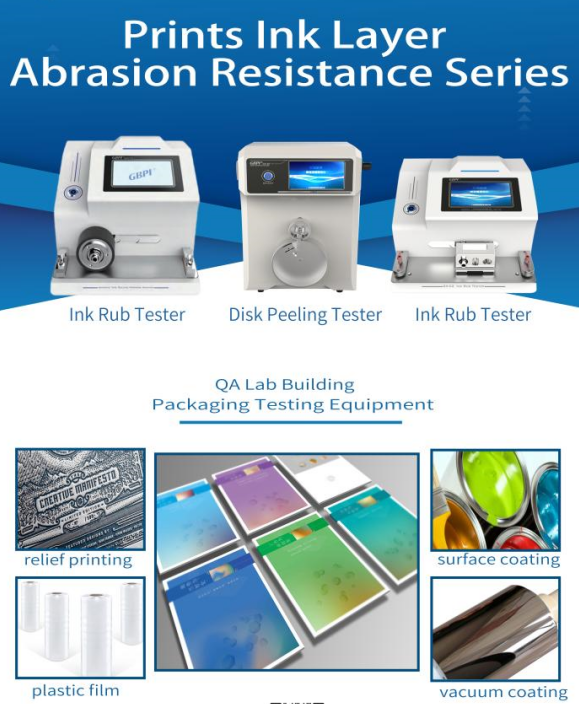

 info@gbtest.cn
info@gbtest.cn



 en
en ru
ru es
es ar
ar

